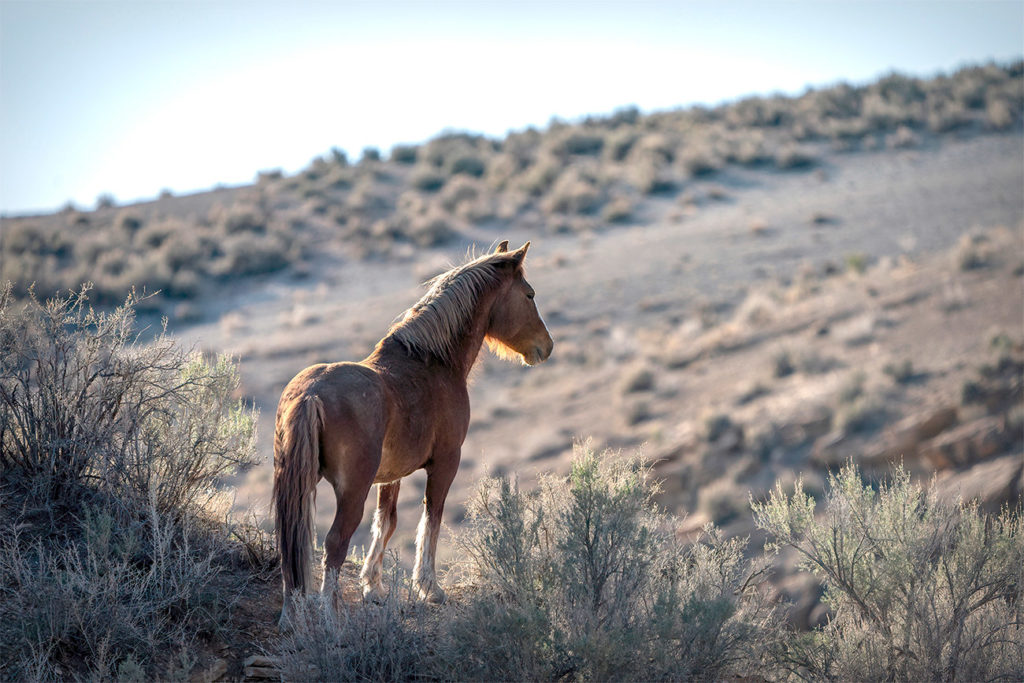
Range report Sunday, April 11, 2022. Started out in Barcus Creek, road very dry and dusty, several spots were deep mud ruts that had dried. Yellow Creek where it crosses 88 is very low. I saw about 40 horses in the Barcus area. The windmill tank is overflowing making a mud pond outside of the tank. Centennial tank is full. There is more grass in Barcus than a week ago but is still sparse and 2-3 inches high. I would say 50% of the horses are underweight, ribs and hips prominent, a few were what I would rate a 2 on the Henneke scale.…Big Conroy is dry and Punchy tank is dry… Yellow Creek on 122 is completely dry and mud cracked. (Excerpt from a range report courtesy of Piceance Mustangs
- August 20, 2022. There is no surface water left in the plateaus and mesas of the Piceance/East Douglas range land where wild horses run. Gullies are cut so deep, even if there was water in the Barcus, it would be almost impossible to reach.
From 84 Mesa through the Barcus, catch ponds, many built years ago to help distribute grazing pressure, are dry and have been so for nearly four years. Even when there is rain, the ponds have become too dry and porous to hold more than a fleeting puddle in the bottom. Horses, cattle and wildlife water from wells pumped by an occasional windmill, or newly installed solar panels, but there is nothing certain in these wells.
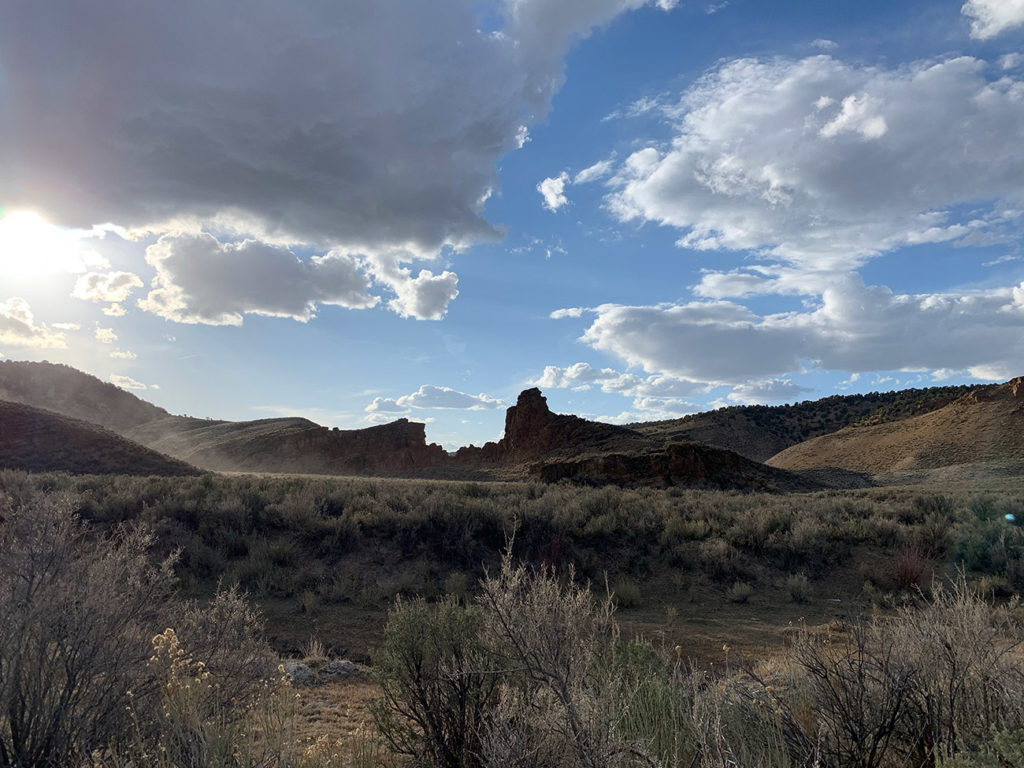
Echoed by multiple groups and agencies—from the Division of Parks and Wildlife to USGS data in the Piceance Creek Basin—the water table is dropping.
Piceance Creek is under administration and has been since May, meaning there isn’t enough water to irrigate all the hay fields. According to rancher Kari Nielsen Brennan, “Fields won’t be cut because there isn’t enough grass to mess with.”
The LOV ranch has already started hauling in outside hay for winter feeding. An expensive proposition at $200-250 a ton and high fuel prices.
Piceance Creek is a shrinking ribbon of water in the sunlight: its cubic feet per second flow has dropped from a 40 year average of 30 cubic feet per second (cfs) to just 7 cfs last year.
Yellow Creek flows in intermittent fits and starts and mostly not at all. At the Barcus turnoff where old catch pens from 1996 still stand, the stream bed is cracked and dry.
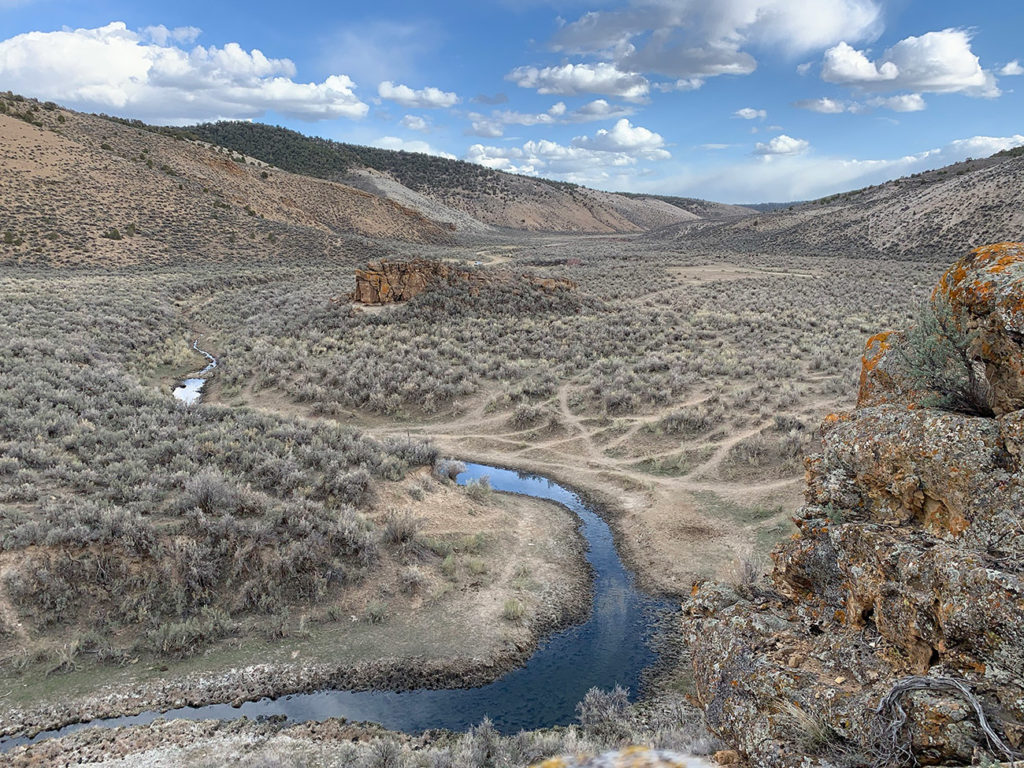
“I see groups like the Piceance Mustangs, the Division of Wildlife, ranchers, BLM staff, ranchers, conservation districts and the Meeker Mustang Makeover as part of a collaborative solution,” Bill Mills said. Above, the Yellow Creek and Barcus Creek area. | COURTESY PHOTO
A dedicated volunteer — who has spent much of the last four years deep in the heart of the Piceance — said the wild horses she has followed, named and photographed, deserted the Barcus when a well suddenly stopped working. “They’re gone. They left before the helicopter gather.”
A few were gathered when BLM set up bait and trap pens there, but most migrated out of the heart of the Piceance/East Douglas Horse Management Area (PEDHMA). It will take weeks to find and identify them again. Piceance Mustangs, a dedicated group of nearly 60 volunteers, has tracked, named and collected information on the PEDHMA herd since 2018. It is not all they do for the horses. They dig ancient barbed wire left behind from homesteading days out of overgrown greasewood and sage brush, they apply for grants to dig wells, they make calls to the local office when a horse gets trapped in a dried up spring or must be euthanized for a broken leg. They set up game cameras to track wild horse movement. Once in a while they adopt a horse or find adopters for them.
They pour heart and soul into these horses.
The wild horses of the Piceance are not as popular as the Sand Wash Basin mustangs. They lack the vivid pintos and flashy tiger-striped legs more common and more photogenic in the Sand Wash herd. And they live in much more rugged country that requires a much tougher volunteer who is willing to scramble up loose shale slopes, hike long distances into box canyons, or sweat it out under a gnat-infested pinyon or juniper just to get a decent photograph or jot down a note about a mare that just foaled, or patiently wait to aim and shoot a dart gun for fertility control.
These are not Facebook volunteers. They are not, by a long stretch, social media activists. They are the volunteers who work the catch pens when the horses are gathered, helping sort, identify, and sometimes even foster horses or foals that need extra care before they go to sanctuaries, holding or adoption. Sometimes they walk away from the gathering areas to catch a breath, and sometimes to just cry. Doing the right thing can, at times, be brutally tough.
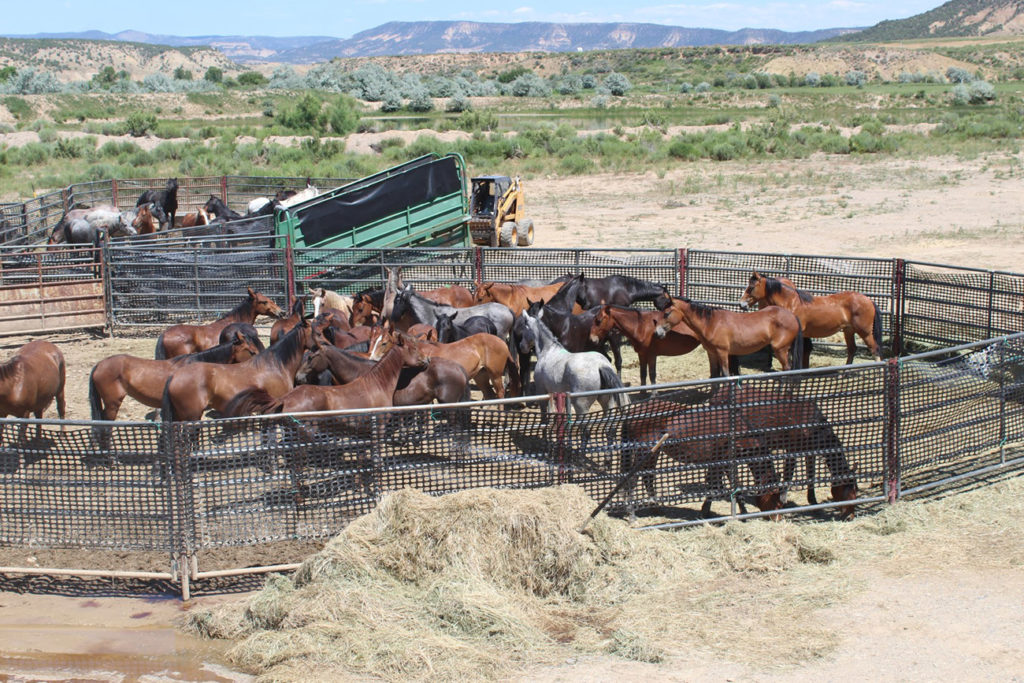
None of their names will appear in this story. They have asked to remain anonymous.
Bill Mills understands exactly why.
This newly appointed director of the Bureau of Land Management’s (BLM) White River Field Office, has received over 520 voicemails and 6,600 emails since the beginning of the PEDHMA gathering. Threatening. Toxic. Venomous. The level of vitriol is stunning, none of which will be repeated here.
Recently, the Piceance Mustangs group removed the last names of volunteers from their newsletters to try and mute at least some of the threatening phone calls and harassing posts. Their Facebook group must be constantly monitored against daily, threatening, deeply personal attacks on members. In spite of it, these volunteers persist.
The Piceance Mustangs mission statement is simple and direct: “Healthy, free-roaming horses on healthy rangelands.”
This BLM field office staff sees it as their mission, too.
“We are very fortunate,” the Piceance Mustangs president says. “They care about these horses as much as we do — and that’s a lot.”
That level of care is apparent in the way BLM staff talk about their jobs — their mission. Many of them are also trained scientists with multiple backgrounds and directives. BLM is a multiple use agency that monitors and often regulates everything from oil, gas and coal, to grazing, to hunting, to archeological resources, to OHV recreation…
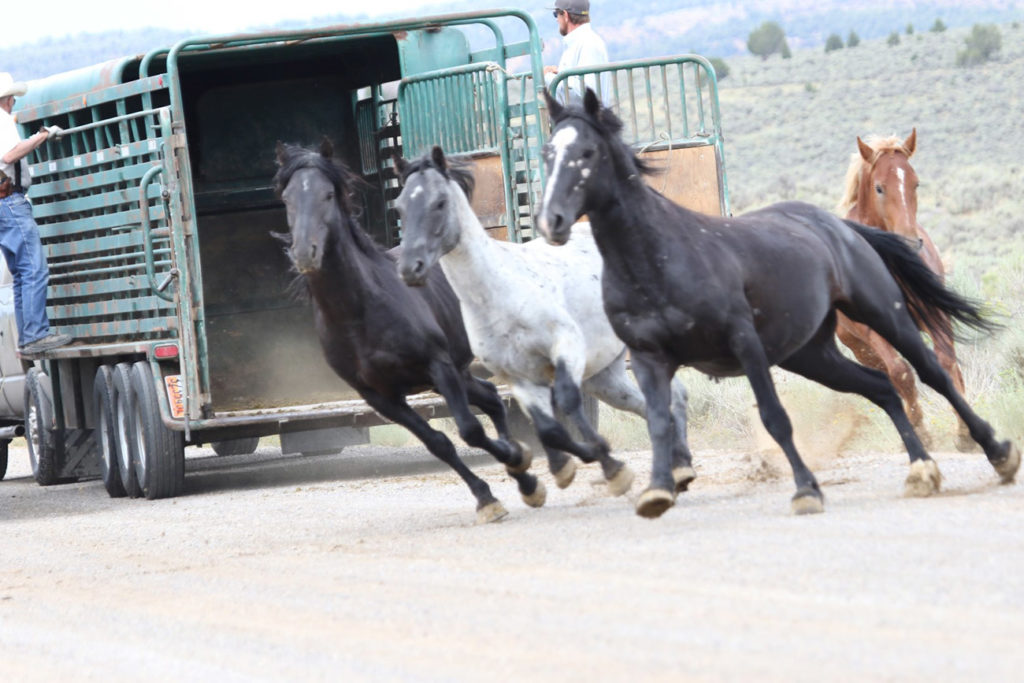
And they are often the first line responders in wildland fires that have become increasingly volatile in recent years, standing their ground between rugged wildland and communities where rural development has pushed the edge of common sense into dangerous fire zones.
In spite of their mission, they are often maligned by groups whose singular focus is contrary to BLM’s mandates.
“We are constantly criticized for working with the BLM,” the president of Piceance Mustangs said. “Where is the solution going to come from? Are we just going to independently go out there, all of us, do our own thing, and somehow miraculously it will all come together? How does that help the horses?”
Robyn Blackwood, vice president of the Meeker Mustang Makeover, a local organization dedicated to getting mustangs trained and adopted, has a name for the people who work actively to block the mustang gathers: “Conspiracy advocates. They throw out one conspiracy after another blocking whatever they can. They are addicted to it.”
Meeker Mustang Makeover partners closely with the local BLM in an effort to drive solutions toward what has blown up into a huge problem: the overpopulation of mustangs in the West.
Just the word “overpopulation” can send online advocacy groups into a frothing fit. It has become a “conspiracy trigger” in their advocacy. They see it as an excuse by ranchers, by energy companies, by hunters, to remove all wild horses from the range. In interviews conducted for this article, no one wanted complete removal of the horses.
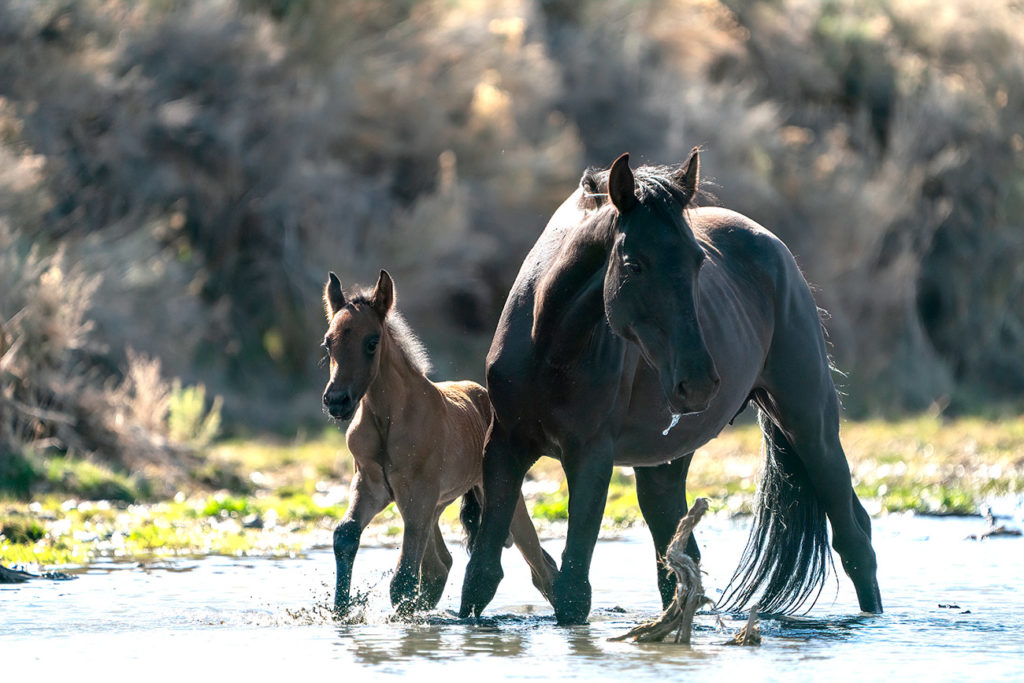
BLM makes it very clear: ranchers and other users of public lands range are not the reason or the driver behind the reduction in herds.
The law they are obligated to follow is the reason: Public Law 92-195, the Wild Horse Annie Act.
Passed in 1971, the Act was designed to bring compassion and reason to the exploitation of wild horse populations on vast acreages of public land. Part of the directive within the Act and subsequent regulations which drive it, suggest horses be treated much like livestock and managed at appropriate levels not unlike the way BLM advisory committees manage grazing allotments.
Bill Mills is frank, “We have not done our job.”
Appropriate range management levels for the horses were set between 135 to 235 wild horses in the PEDHMA as part of management directives back in the 1980s. Before the most recent gather, BLM estimated there were close to 1,400 in the designated management area alone. There were at least another 1,000-1,200 outside of the PEDHMA, some even pushing into private land and east of Piceance Creek where they have not been seen since the late 1800s.
Piceance Mustangs does believe that management level is low, but the organization understands that the range must heal first. They understand that perhaps years from now, they will be able to suggest the range is good enough to accept a few more horses. The solution seems simple on the surface: gather the excess and manage the remainder. BLM did it before. The Agency, concerned about a 20% per year increase in numbers, pruned the Piceance East Douglas population to the AML range of 135-235 in 1999, 2002 and 2006.
Herein lies a lawyer’s buzzsaw.
Tuesday, Aug. 16, a lawsuit was filed in Reno, Nevada. Friends of Animals claims the BLM, which is holding close to 58,000 mustangs in sanctuaries and feeding pens, is doing so under inhumane conditions. It is an attempt to stop the construction of a large feeding facility near Reno. Part of the litigation points to the cost. BLM spends over $50,000,000 annually feeding wild horses.
Litigation has often slowed or stopped BLM from doing its job. Habitat for Horses, American Society for the Prevention of Cruelty to Animals, the Cloud Foundation, along with two concerned citizens, filed a preliminary injunction (Habitat v. Salazar) in 2010 to stop a gather in the North Piceance Herd Area. The injunction failed.
These litigious delays are costly. By the time an agency wades through all the necessary legal steps, the window of opportunity for a gather is closed.
Agency heads and political appointees, not to mention elected officials, have often been reluctant to buck the public heat that often comes with these gathers. One organization alone, according to their website, has filed and won more than 25 lawsuits since 2011, stopping roundups in Wyoming and Nevada, and halting surgical sterilizations in multiple states.
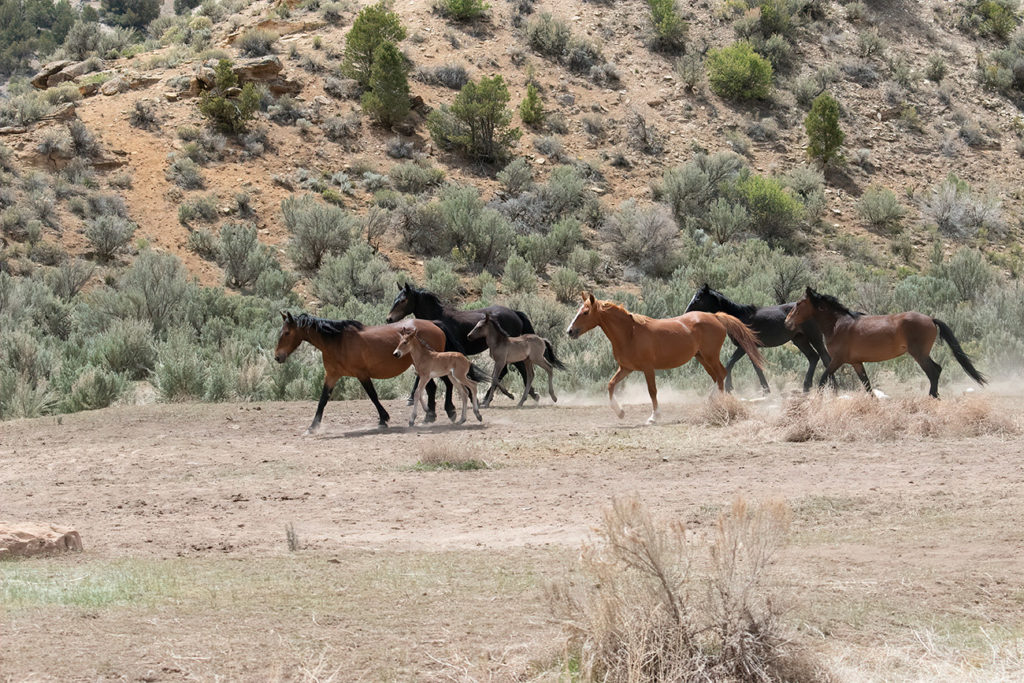
The effect on herd size has been jarring. According to court records, in 1974, the first census within the White River Resource Area, counted 146 horses, 135 in what became the PEDHMA. Only nine were in the West Douglas Herd Area. The Department of Interior warned, in their 2010 litigation defense, that numbers in the Piceance would expand to an “estimated 382 horses in Piceance East and 166 outside, by 2011.
Now, those numbers are laughable.
In 2010, the BLM conducted an aerial census of the White River Resource Area. More than 265 horses were counted in the PEDHMA and 49 in the North Piceance Area.
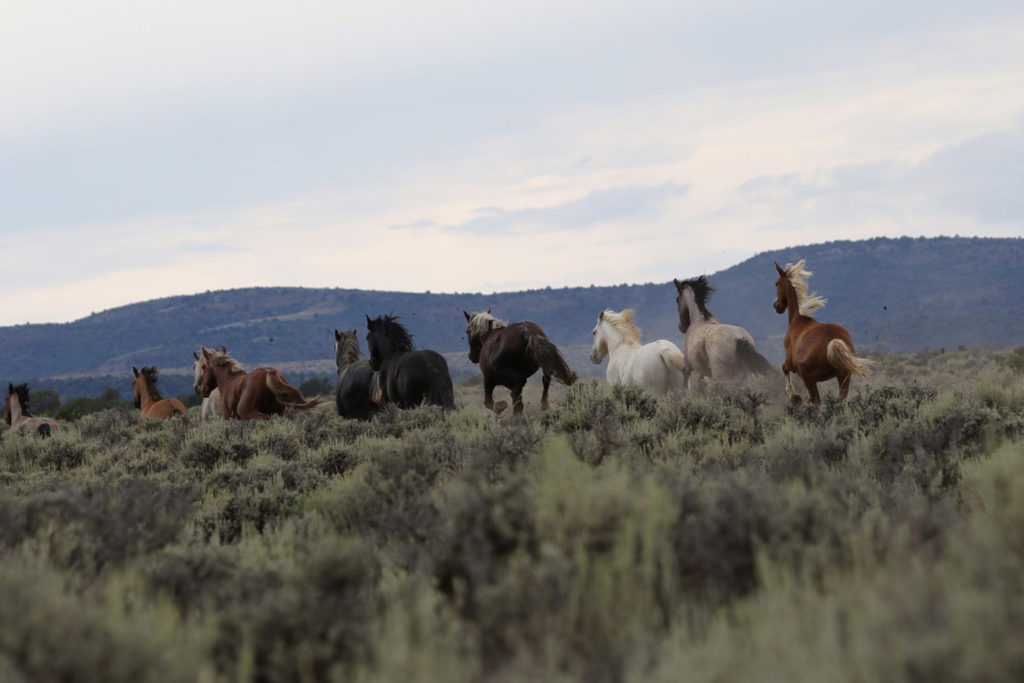
Witnesses in the injunction hearing proved that even under the most diligent, best practices management, an aerial census of wild horses can undercount the actual population by as much as 60%.
The judge issued a blunt warning when he denied the injunction in Habitat v. Salazar: “Wild horse numbers are not self-regulating.”
Though Interior won against the court injunction, no sizable gather had been conducted until 2021. Such has been the impact of a barrage of litigation and timid management in the face of hyperbolic politics.
When Mills took over as Field Director of the White River Field Office back in January, he knew his job was going to be tough.
One of his first duties meant the round-up of over 800 horses from the PEDHMA and surrounding BLM rangeland. With political helicopters on multiple sides — ranchers frustrated with range conditions, wild horse advocates posting pictures of sleek, fit mustangs with a foreground of lush, green grass as proof there is no need for a gather, combined with politicians scrambling for re-election…
Mills just wants to do his job.
“Let me be perfectly clear.” Mills says, frustrated at the media assertion that BLM had trumped up the gather citing an “emergency.”
“This was not an emergency gather.” His eyes are piercing. “We did not boost the timeframe of this gather because the horses were starving. We accelerated the gather because the horses were in peak condition. We wanted them in the best condition possible for removal and transport to ensure we have the best possible recovery when they get to holding.”
Stung by the deaths of more than 165 West Douglas horses in Cañon City holding pens earlier this spring, Mills never wants to see that kind of catastrophe happen again. Not only does he worry about the horses, but he worries about the impact on his employees. They gathered the horses. They didn’t do it to see horses die.
And he worries about the volunteers so necessary to the effectiveness of the gathers. They track the horses. They name them. They care.

Forage for roaming wild horses? Think again. This species of plant, better known as a tumbleweed, is certainly green, but it’s also inedible, along with many other plants on the range. | COURTESY PHOTO
While Mills wasn’t the area manager at the time, he was at the East Douglas Creek gather. This former Air Force veteran knows a disaster like that threatens solutions.
Still waiting for final reports from two university studies of the necropsies, Mills has a hunch about the cause. The horses were in poor body condition. The Douglas fire, large enough to prompt smoke advisories in Rio Blanco, Mesa, Moffat, Garfield and Routt counties, was consuming the rest of the available feed. The horses were panicked by the wildfire, the helicopters dropping water, planes dropping slurry, emergency vehicles continually driving to and from the fire zone, dust and ash boiling behind them, the drought and the heat. Mills thinks these horses likely had damaged lungs at the very least.
Mix already bad lungs with a horrific spring dust storm in Cañon City, in a facility short on staffing where vaccination and processing was slow, and the result was a high-profile, front-page, national news disaster. A PR nightmare.
And potentially a block against better solutions.
Mills wasn’t going to let that scenario happen again and knew he had just a short period of time to get the job done. Weather conditions in the Piceance Creek Basin have been good with only spot fires this year. In this arid environment all it would take is one hot, dry wind and a lightning strike or a cigarette butt from a passing OHV for the conditions to deteriorate.
Mills was ready to do his job — and he hoped, to do it right.
Easier said than done.
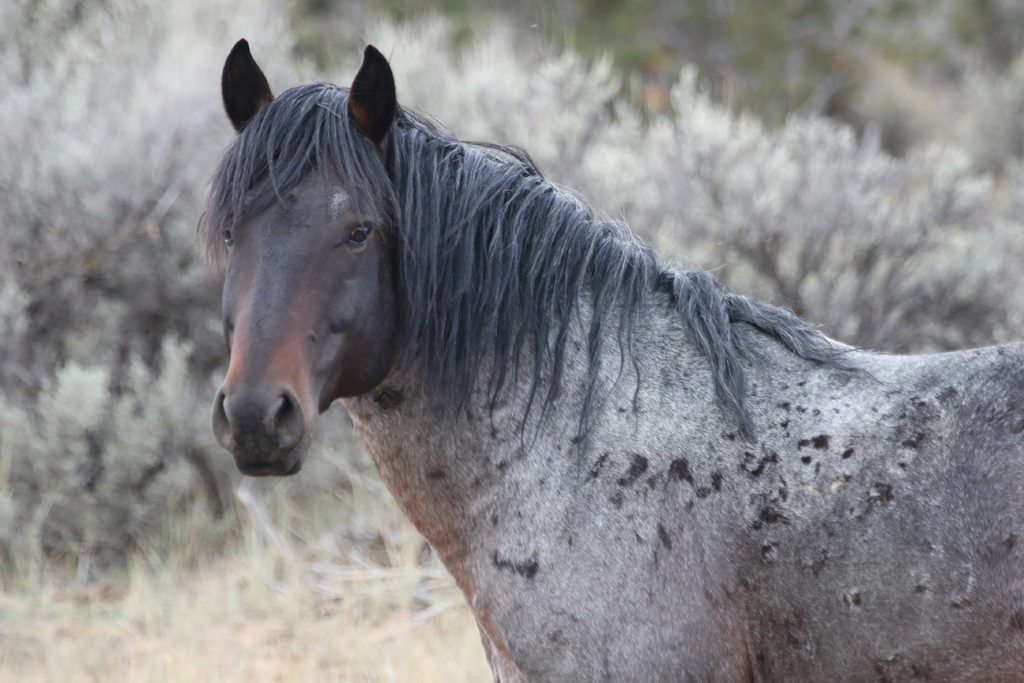
Mills oversees a rural office on the east edge of Meeker where tourists snap pictures of yellow bellied marmots lumbering on the front lawn nibbling clover, hikers and ATV enthusiasts belly up to the counter to ask questions about terrain on a topo map, and ranchers with a grazing permit might poke their head in the door with a quick question looking mostly for a cup of coffee. But that’s rare.
The gather was relatively calm through the bait and trap phase, but it was ineffective. When Mills stepped up the timeframe and brought in the helicopters, the range war broke loose.
The recorded and written opinions became so venomous, even the Cloud Foundation, with more than 400,000 followers and well known for aggressive, hyperbolic campaigns, weighed in with an Aug. 8 Facebook post lightly reminding supporters that a “profanity-laced phone call is not being an effective advocate.”
It wasn’t the only organization prompting calls, letters and emails. There were many. The American Wild Horse Campaign (mentioned previously as a major litigant), is even larger than Cloud with more than 569,000 followers. Non-profit organizations, including many activist organizations like those already mentioned, now make up the third largest workforce in the United States, according to a 2021 Johns Hopkins University study. The wild horse groups are often celebrity magnets with lists that look like a Hollywood, red-carpet gala. With many nonprofits switching to online platforms, they are a click away from instant funding for litigation, while Piceance Mustangs members coil fragments of rusted barbed wire into decorative wreaths to sell at farmers markets in order to buy solar panels to pump water for the horses on the range.
To Mills, the growing power of absentee groups, what Blackwood called, “conspiracy advocates,” is annoying. To him, the real problem is their lack of genuine engagement.
“Advocates have every right to their opinion. We welcome it.” He emphasized, “I have reached out to advocacy groups on both sides offering tours, offering on-the-ground discussions about what we are seeing, and why management is important. Only one person has taken me up on that.”
Running away from a problem just isn’t in this new manager’s style. Instead, Mills is about collaboration, and the Piceance needs action. He believes the science he has seen. He believes what he sees in Piceance Creek ranges like the Barcus where he describes the ground as nothing more than “moon dust.” Mostly, he believes in the power of collaboration and the results it can bring toward solutions.
“We have areas of critical environmental concern like Duck Creek and critical cultural resources like Canyon Pintado that are being profoundly impacted.” Mills quietly adds, “But, I worry that we may be too late.”
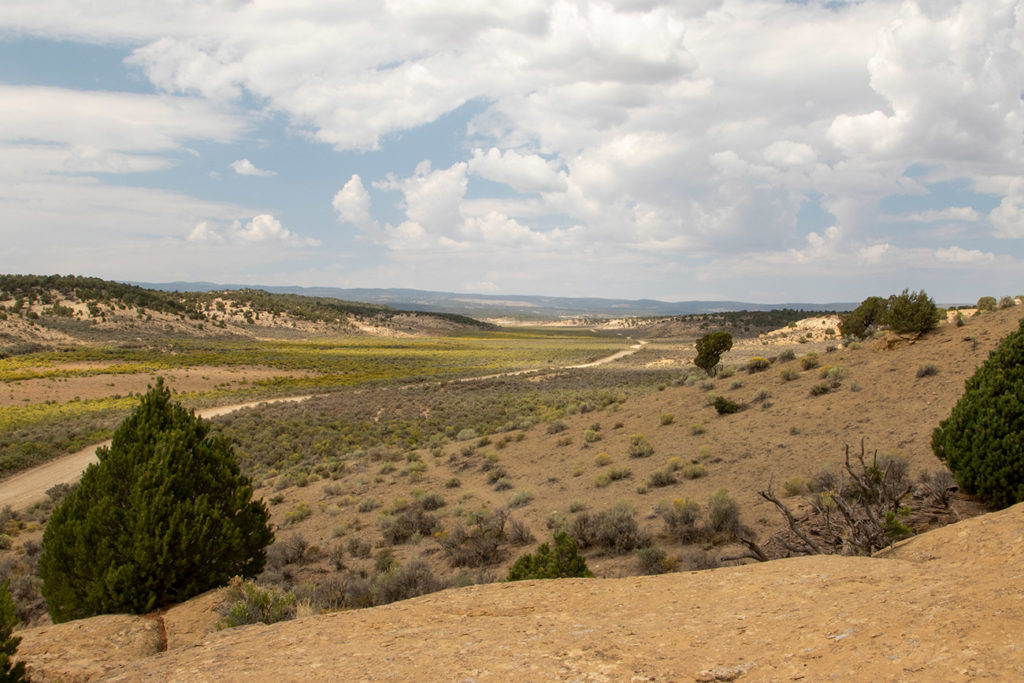
Range recovery won’t be easy.
Just getting people to understand the complexity of range conditions and how to manage them is a critical, often elusive, step forward. Even those who have grown up in this ranching community can have a tough time wrapping their heads around the difference between healthy range conditions and a collapsing grassland. It’s easy to see grass invigorated from recent rains, but not to see the entire impact over time.
Derek Nielsen, a Rio Blanco County native, an accomplished horseman, and a volunteer for Osborn Industries which conducted a four-year range study in the PEDHMA, admitted he didn’t understand the impact on the range until he began to help collect the data. “Growing up in Meeker I always knew that the wild horses had some sort of an impact on the land…It wasn’t until I started going and collecting data that I truly understood what kind of an impact.”
The data Nielsen helped collect for Osborn is condensed to this: “These are numbers from 2021 from April-November. The land was being occupied by 80% wild horses, 14% wildlife (elk and deer), and 6% cattle.”
This data collection didn’t just happen over a one or two day visit. There are strings of data from four years under carefully monitored plots and conditions. During the 2021 summer season when cattle were turned out on designated BLM allotments, Nielsen, along with several other employees and volunteers, collected transect data from multiple plots, helped set up fenced areas for study, and pulled pictures from wildlife cameras used to document species frequency. After he returned to college in the fall, there were no cattle ranging on those public lands and the data shows horses occupied 100% of the land in what had been, traditionally, according to Colorado Parks and Wildlife research, winter range for deer and elk.
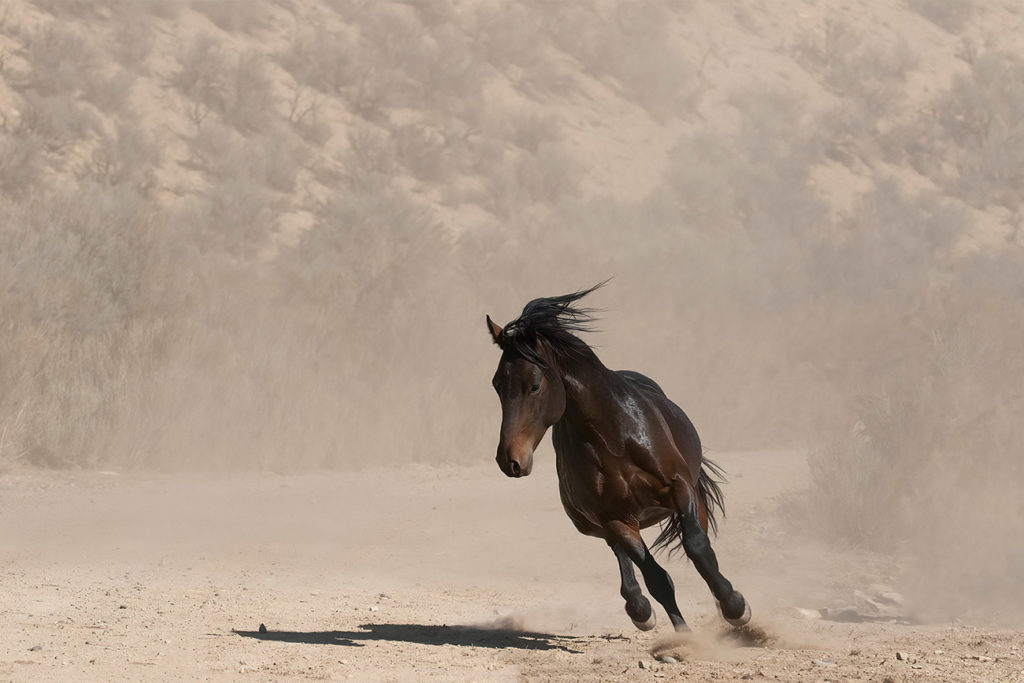
The Osborn report itself paints a startling picture: grazing by wild horses doubled from 2018 to 2021, meaning horse numbers increased significantly in that time frame.
The amount of feed consumed should be concerning to anyone who cares about sustaining a wild horse herd. In 2018, about 54% of the available feed was eaten by November of that year. Three years later, by 2021, almost 90% of all available forage was gone by November.
If Osborn Industries data is correct, that means wild horses went into the winter of 2021-2022 with only 10% feed availability — at best.
For Chad Carter, who holds permits on top of the Little Hills and private grazing leases 20 miles due east of the Barcus, that is a troubling figure. It means horses went into the winter of 2020 and 2021 with little to no feed. He shakes his head, in part to shake off a bad memory.
“We saw horses, walking down the middle of the road, so thin, they could barely move,” he recalls from the spring.
“In the spring,” Mills notes, “we can lose a lot of horses and other wildlife. The spring flush. They go from eating dry stalks to rich, green grass and it messes with their system. If they’re in poor condition with no fat reserves, they’ll die.”
That may be exactly what happened to some of the youngest horses.
Cattoor, the contractor for the gather, noticed as their helicopters hovered near wild horse bands, preparing to haze them toward traps, that there were almost no yearlings. “You guys have no yearlings,” they reported to the Piceance Mustangs when they got back on the ground.
“No yearlings.” Kyle Arnold, a range and horse management specialist, hesitated to say exactly what that meant. “We saw very few yearlings in our pens.”
Did BLM think they were winter-killed?
Mills had no other explanation.
He pointed out that the assumption has yet to be validated. With 867 horses gathered, 761 were shipped to holding in Axtell, Utah. Those will not be fully processed and that may not happen in finality until March. “We don’t know yet. Not until we collect data on the horses,” Mills emphasizes. “But they’re not there.”
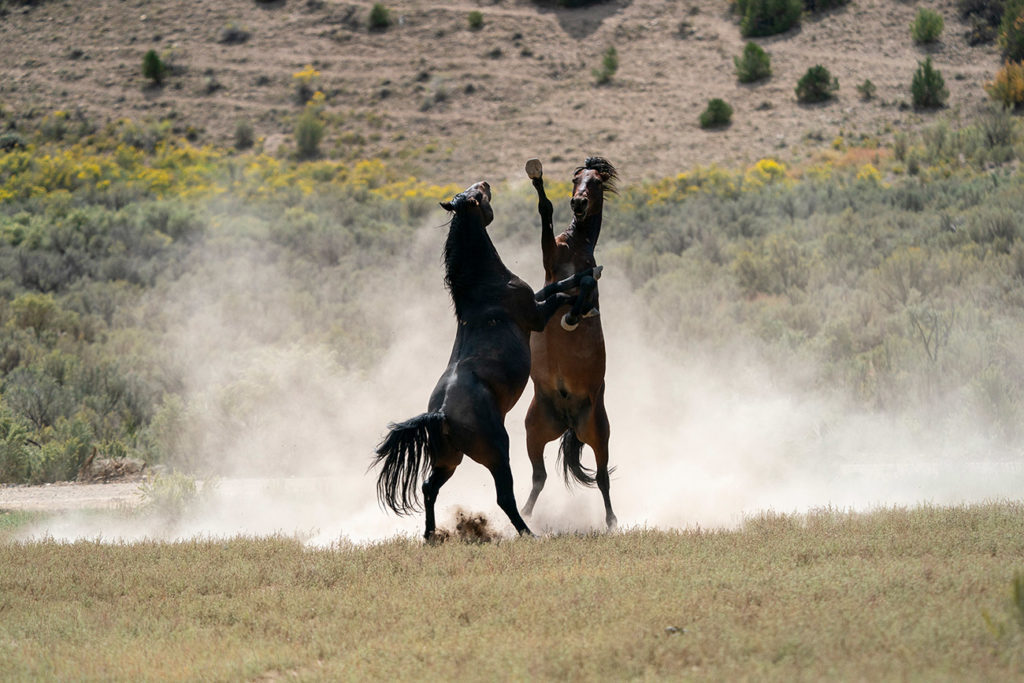
The 1974 census of wild horses in the PEDHMA underestimated the population growth to come. “Wild horse numbers are not self-regulating.” Above, Piceance horses kick up “moon dust.” | COURTESY PHOTO
“We expect to see 20% colts and fillies, weanlings, under a year, 20% yearlings and the rest adults,” Arnold said. “That would be a normal herd. We saw the weanlings, but not the yearlings.”
If Mills and Arnold are correct, that means almost all the yearling mustangs died in the Piceance last winter. Data from NOAA’s County Haywood Plot shows the winter of 2021-2022 with well above average temperatures of 46.4 degrees fahrenheit.
It was not a harsh winter.
Piceance Mustangs said the Piceance was open and they were able to continue to monitor wells and other sources of open water.
The monsoon arrived early in the Piceance this year giving welcome relief to what had been 20 years of dangerous fire and drought conditions. The summer of 2021, the Piceance lay in what the National Weather Service categorized as “severe and extreme” drought. With recent rains, the category has relaxed to “severe” and “moderate drought” in most of the HMA.
Those rains led many advocates to believe the range recovered enough to sustain the present herd which is still many times larger than the recommended management level. But as noted in the Osborn report, once a grass species is grazed, and the seed head removed, it does not regenerate until the following year.
Grazed too much over time, it dies. The range may very well be at its tipping point.
Carter practices rotational or what some call regenerative grazing. He partners with numerous agencies to manage not just for cattle, but for wildlife as well. “Time matters,” he emphasizes. “That’s what a lot of people don’t understand. You can’t have any species on a range year-round and expect the range, under any condition, to hold up. Cattle are there for a few months, and deer and elk for a few months in the winter and they move on. Horses don’t migrate. They’re always there.”
It is like mowing a lawn, shorter and shorter, day after day, and never watering it.
Cryptically, the Osborn Report said of this lawnmower effect, “If all other grazable species have been diminished, Basin Wildrye can offset the needs of the horses for the winter. If they eat it now, there will be nothing to eat during the winter, body condition will decline and be worse than we saw this spring. This cycle will continue to perpetuate in a downward spiral eventually leading to starvation.”
“We haven’t done a good job of educating the public.” Mills admits. How easy is it to translate complex language into simple terms? Especially when professionalism and science demand accuracy, it can be difficult.

Dozens of organizations intent on swaying the public to their polarized positions are hovering, ready to educate the public. The BLM often finds itself in reactionary defense instead of proactive education.
In July, in an effort to stop the helicopter gather, the Colorado Sierra Club sent a letter to Governor Polis written by Delia G. Malone. Malone sent the same letter as an official report to BLM. She visited the Piceance HMA on July 5 and 7. The letter contains no transparent data and no established scientific methodology. In contrast to Osborn Industries, rather than data collected over four years, the report only covers two days in early July of 2022 when grass growth was vigorous from the residual ground moisture and monsoon rains. It does not specify plots or transects. It identifies Colorado Division of Park and Wildlife lands as State School Lands. There are no lands administered by the State Land Board in the Piceance Basin.
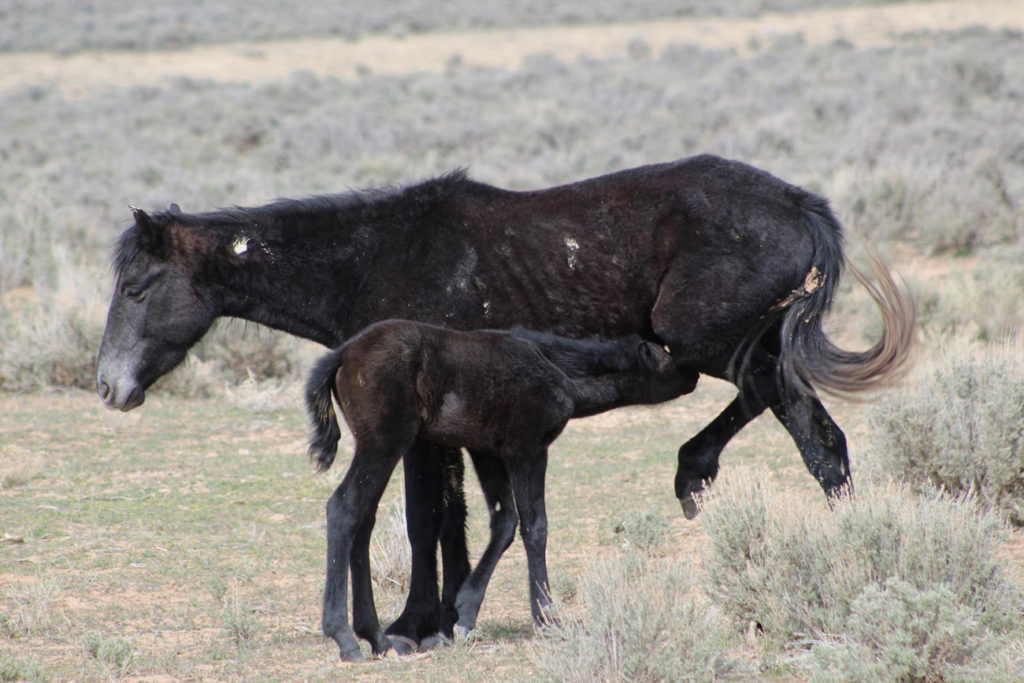
Data collected over a 4-year period indicate horses are occupying 80% of the range area. 14% is occupied by wildlife and 6% is occupied by livestock, which are managed by the BLM. | COURTESY PHOTO
The report also contained multiple photographs from wild horse activist/photographer Scott Wilson showing tall grass and healthy horses as evidence of a healthy range. The location where the photographs were taken was also generalized information, not specific. But those familiar with the Yellow Creek riparian zone note the preponderance of Basin Wildrye in the photograph, taken from a low posture with the grass distorted in the foreground and horses peeking over it in the background. When asked for specifics, Malone replied that she was “not trying to be secretive” but did not want to disclose the habitat area for “physaria congesta,” the Dudley Bluffs Bladder Pod, a rare, federally listed species which she said was not impacted by the horses. The Bladder Pod was named for its location in the Piceance — the Dudley Bluffs. Other photos were taken on Yellow Creek and Duck Creek.
Malone was asked for data-based documentation of the report and defended her lack of data. Data was not her intent. “This was a field reconnaissance and in no way was meant to be a gold-standard scientific study — with their speeded up timeframe for the roundup, BLM did not provide the time to do such a study.”
She had indicated in the report that the condition of the horses was good. When asked how she judged body condition, she admitted she had no background in equine science, however, “field observations of the wild horses, including especially their reproductive success, is a key indicator as to body condition.”
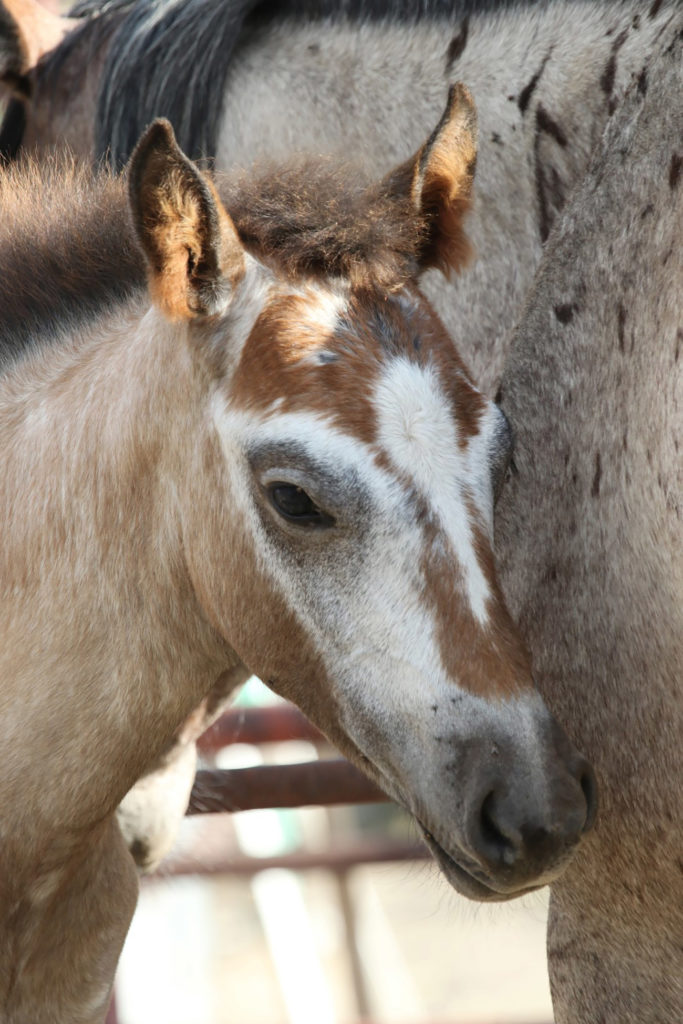
That particular part of her paper frequently stressed multiple times that the reproductive success of mares was a strong indicator of the health of the horses.
Blackwood, from the Makeover, who has a degree in equine science, was mostly speechless when asked to respond to Malone’s comment. Livid, she finally said, “That’s outrageous. Just because a mare produces a foal it is no guarantee of body condition. There is only one appropriate scientific scale — the Henneke scale. She [Malone] used her own opinion. It would be like saying that every woman who gives birth is a healthy woman. There were certainly plenty of mares out there that dropped foals that were skin and bones.”
The president of the Piceance Mustangs was direct. “The horses we are presently seeing in declining condition are the lactating mares. The mares who have foals will be going into winter underweight.”
The Sierra Club Malone paper is what the Cloud Foundation and the American Wild Horse Campaign have used to lobby receptive public officials like Congressman Joe Neguse, who, in the latest redistricting move may represent ski resort areas east of Rio Blanco and Moffat counties. Neguse has written several letters calling for the suspension of roundups.
Malone admitted that part of her reconnaissance was done by aerial survey. “I visited the Yellow Creek and Duck Creek areas on foot. I also took an EcoFlight the week prior which provided a ‘birds-eye’ view of the entire HMA.”
Not exactly the same view the horses have.
Like much of the West, the Piceance has been in a “1,000 year drought” — the same mega-drought evaporating lakes Powell and Mead. The effects have been so dramatic that the majority of greenery on Barcus Gulch in the middle of the Piceance/East Douglas Wild Horse Management area (PEDHMA) is Russian thistle — the classic tumbleweed that blows across iconic western landscapes. It may be one of the very green, but mostly inedible species like White Top and Downy Brome that Malone saw from the air while it was still green from spring rains.
Mills finds having to deal with false reports and the subsequent ripple effects like this, obstructionist at best.
He says it also obscures the real science so necessary for solutions. “How can anyone compare two days to four years and say they found ‘no evidence’ of a deteriorated range?”
He is not the only one.
The president of the Piceance Mustangs wrote in a recent organization newsletter, “We have been distressed and extremely disappointed in the amount of misinformation and outright lies that have been circulated by so-called horse advocacy groups. Their main intention is to discredit the hard work that our ‘boots on the ground’ groups and the BLM are doing.
“Misinformation harms the horses.”
And hyperbole makes it difficult to keep volunteers, especially when attacks get personal and threatening. “Due to the recent gather and problems with horse advocate groups, please don’t use our names.”
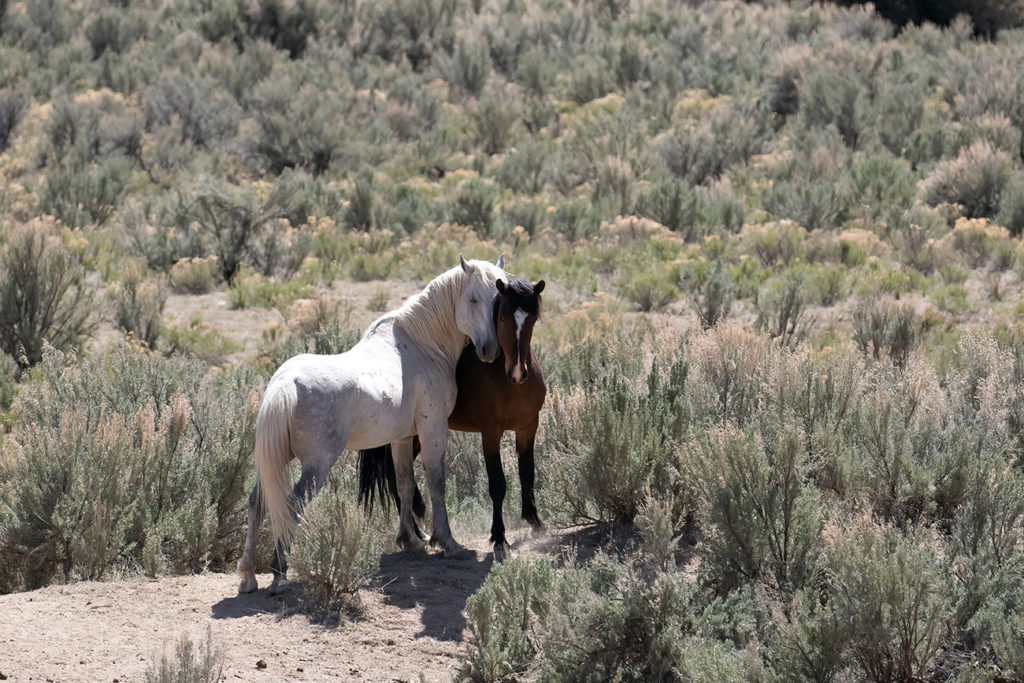
Piceance Mustangs lives up to their mission. To date, they have established and/or modernized seven wells, upgraded them to solar pumps, put in new tanks and they hope to get two more done by the end of this year. Their work is considerable, and according to Mills, extremely critical. Their logo appears on boundary markers throughout the PEDHMA, partnering with the Conservation Districts, CPW and BLM to help improve water and habitat conditions. Much of their work has included taking down old settler barbed wire fences, darting mares for fertility control and most recently they worked with BLM to help choose the horses that would return to the range. “Once the gather started [we] worked at holding, recommending horses we wanted to be returned to the range. These horses were determined by three factors: conformation, genetic diversity and color. Photos were taken for documentation.”
Returning horses to the range wasn’t just about their looks. It also involved fertility control of the mares and some scientific sampling according the the Piceance Mustangs group.
“The 41 stallions that were picked to stay on the range were released on Aug. 1. It was a wonderful sight to behold! There are 55 mares that have been selected to return to the range after they are treated with Gonacon for fertility control. They will receive a second dose in 30 days. BLM was also able to do DNA testing on 15 stallions and 15 mares,” the August newsletter reported.
The Piceance Mustangs watched the gather closely, observing the detail of engagement by the gather contractor, Cattoor, and by BLM. “The temperatures during the gather were being closely monitored by the contractor and BLM. Temperatures were taken hourly on the ground at the site and coordinated with the RAWS temps (Remote Automated Weather System) for accuracy. The wild horses were not being run in excessive heat, and any day the temp approached 95 the gather was stopped. Out of the 166 foals gathered, all foals paired up with their respective ‘moms’ except one. That foal was put in foster care with one of our members and is doing well.”
Kyle Arnold also commented on how great the contractor and helicopter pilot were during the gather. “The pilot, when he saw a new foal, often pulled out and went to look for other horses to gather. He didn’t want to run any small foals.”
Rio Blanco County Commissioner Ginny Love, also had glowing praise for Cattoor, a small family operation. Taking Mills up on an invitation to watch part of the gather, Love said this of her experience: “We could hear the helicopter, but it stayed in the distance as the horses came down a draw, which funneled into the catch corrals. Toward the very last the helicopter came in to gently turn the horses from straying over a hill.The entire process was such a well-planned situation and I was truly amazed at how easy it was on the horses.”
However, the American Wild Horse Campaign photographer was on site at another gathering and captured a video of two horses tripping over a barbed wire fence overgrown by greasewood and missed in the cleanup of the area before the catch pens. A still photo of the accident was widely disseminated on social media. Arnold showed an photo of the bay mare which had hit the fence in the video. The mare showed minor surface lacerations, and the lacerations had been treated in holding.
“It was one incident. One accident.” Arnold said, frustrated at the negative publicity that roared through the media in the aftermath.

Piceance Mustangs described the incident in their newsletter in detail. “There was one incident in East Douglas when the horses were gathered. The pilot wanted to move the foals on a shorter route to the trap and in so doing, encountered a fence that was not visible in the thick sagebrush and greasewood. Two horses flipped over the fence, but fortunately there were no serious injuries, just a few minor cuts. A photo has been widely circulated by an advocacy group that is unsettling.”
The photo had far-reaching repercussions.
Mills confirmed. “It was one incident and both horses are doing fine.”
Piceance Mustangs has also committed to help with what may be the first adoption event for the wild horses recently gathered from the Piceance the first weekend in November at the Rimrock Rodeo Grounds in Fruita, Colorado.
Mills sees groups like the Piceance Mustangs as critical stakeholders in the management of wild horses on BLM lands. The White River field office of the BLM has also worked closely with the Meeker Mustang Makeover and for the last four years has secured mustangs from various holding facilities to place with trainers for their annual Makeover event which happens typically at the end of August. This year, 20 partially trained mustangs, 10 under saddle 3-4 year olds and 10 yearling in-hand fillies will be shown in compulsory and freestyle exercises. At the conclusion, they will be offered for sale in an on-line and in person auction.
“These groups are the solution” Mills commented.
Mills long-term solution is this: “I see groups like the Piceance Mustangs, the Division of Wildlife, ranchers, BLM staff, the Conservation Districts, and the Meeker Mustang Makeover as part of a collaborative solution once these wild horse numbers are reduced to a realistic, manageable number. Once that happens, I see us gathering every year in permanently established bait and trap corrals, where we can check the condition of the horses, do effective fertility control, where excess, adoptable horses go to the Meeker Mustang Makeover training program or Montrose TIP and the herd stays healthy and in balance.”
Perhaps Mills’ vision and the vision of all the volunteers who care so much about the Piceance Creek Basin will begin to restore the brittle environment. The range reports are bleak. Grass seed is expensive. Range management equipment necessary for reclamation is expensive. Labor is expensive. Rain is scarce. When it does fall, it dries quickly in these elevated temperatures in the 90s.
Chad Carter commented, “If the public thinks wild horses in holding and all of these gathers are expensive — wait until they have to reclaim the watershed.”
Just a few days before the Meeker Mustang Makeover, Robyn Blackwood ventured into the Barcus. The conditions this late in August are bleak. There is no feed left to carry horses into winter let alone through it. Russian Thistle and White Top are everywhere. Grass, even downy brome, is missing. The silence of the Barcus and just a few miles away, Pinto Mesa, is unsettling, even macabre, marked only by an occasional call by a Pinyon Jay. There are no horses, only the old stud-piles, the manure left by stallions marking their territorial boundaries.
In Yellow Creek the large muscular clumps of Basin Wildrye in the parched riparian zones have already been eaten midway down. Some are only a few inches high — certainly not enough to carry the horses into winter, let alone through it. There is a small stallion band of four. One of them might be a yearling. He is tall, and gangly as yearlings often are, but he is also quite thin. The others are in decent shape.
A text comes in.
Blackwood seethes as she reads it. “Businesses in Steamboat are taking down our Meeker Mustang Makeover posters. The paper printed that picture of the horse falling on the front page. It’s an anti-BLM move.”
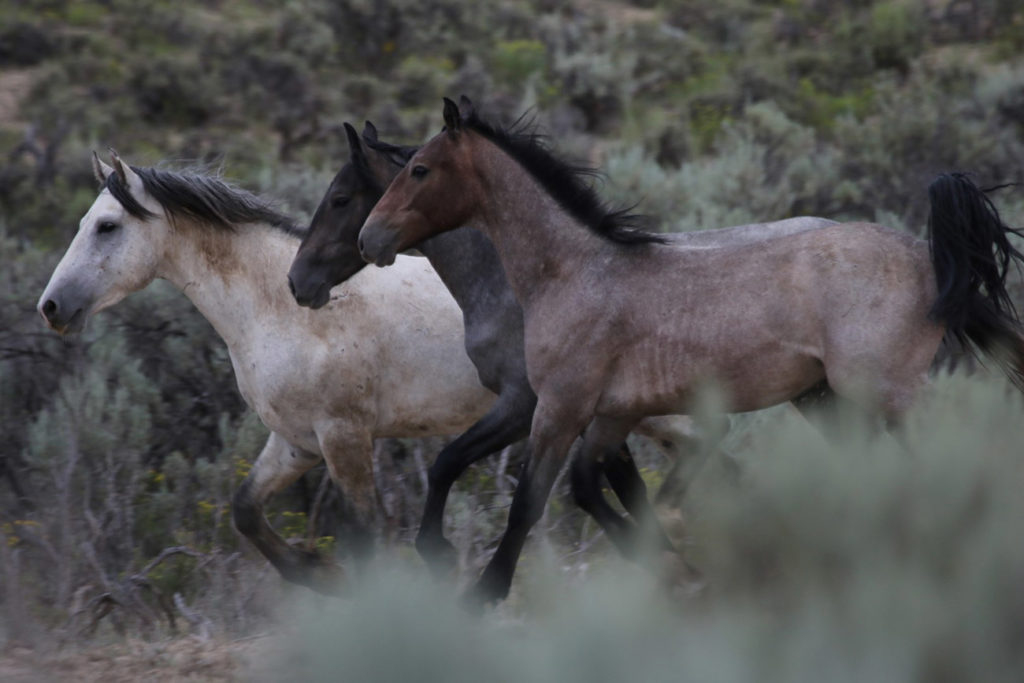
The repercussions on one picture can be powerful. Some of the conspiracy advocates posted and reposted the picture and video. Inflamed, a common comment by many of the conspiracy advocates, was that the BLM had deliberately driven the mares into the fence. There are frequent postings on social media deriding BLM’s adoption policy saying it’s just a “meat industry conspiracy to sell mustangs to the killers.”
Twenty trainers will be showing their mustangs and offering them at auction at the Makeover event. There are four youth trainers from Routt County, vying for scholarships and prize money. Ten young adults under 16 may feel the repercussions of lies and misinformation. Ten adult trainers may not return. Why should they when the real danger isn’t the wild horse at all?
To the boots-on-the-ground advocates, the ones who come to find a sense of peace in the Piceance, it seems as if the world sometimes is fighting against them. The countless hours of picking up broken fences, learning how to use a dart gun, or organizing the delivery of mustangs for trainers to transform into working partners sometimes seem futile when they come home to harassment and threats on the answering machine or in the inbox.
Blackwood walked through the range and plucked at a Russian Thistle that plucked back. She jerked her hand away, rubbing at the sting. “But it’s green,” she snarked, an angry reference to the conspiracy advocates she has come to despise.
The Piceance Mustangs range report from last April is haunting as we walk through the embattled landscape.
There is not much forage on 84 Mesa. There were no horses in 91 pasture and the grass is sparse. I did see JR’s band in 91 pasture last Sunday and they all looked good. I drove south up county road 91, the road is in bad shape and I saw a band of 4 and a lone stallion. They all looked ok being 4/10 Henneke scale. Proceeding down 24 east of 91 there were 2 bands one on the rt body score 4/10 and another one closer to the Soda Plant turn off that are 5-6 Henneke score with a new black foal. These horses are out of the HMA… I am very concerned about how dry the range is looking. It looks like it is August instead of April…
Piceance Mustangs will be conducting a membership drive in October. The President is upbeat and hopeful. “This is a great group of people who work beautifully together. We want new members! We have fun!” she laughs.
BY KATHLEEN KELLEY – Special to the Herald Times
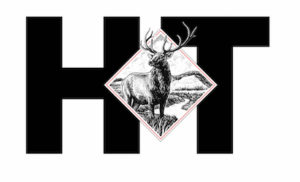


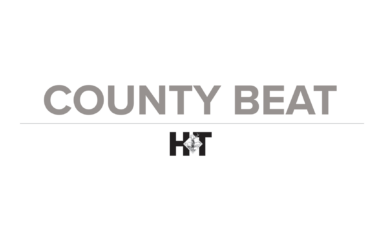


















Very informative article and right on the money. I have been to these areas and there is nothing for them to graze. It is part of the drought we are experiencing. I am afraid that the only way to convince the “ignorant” is to let the horses starve to death then take pictures. It would be a terrible thing to happen but I don’t see any other way to convince them that control over their numbers is the only way to manage them. I am afraid for the safety of the volunteers that have to hide their identity. This is nuts.
This is so disgusting all they care about is lying so they can get rid of all the horses. THEY NEED TO BE STOPPED NOW. Why should they have free grazing when the Wild Horses were there first. They are the most cruel and hateful people in this world they should all be locked up. Why is nothing done to them for being Cruel and very abusive to animals ????????????????????????
Suanne, No one that I know of want to get rid of the horses. Who is telling you that? This is so frustrating for people who understand and care about these horses and the range they are on. One of the things people don’t realize is for these horses to be healthy they need about 50 pounds of vegetation a day. They don’t eat all of that, some of it they trample or defecate on they actually eat about 25 to 30 pounds a day, plus 10 gallons of water per animal. So, a herd of 250 horses requires 12,500 pounds of vegetation every day, plus 2,500 gallons of water. So, is it reasonable to assume their range will grow 12,500 pounds of forage every day? the answer is, only in better times, and these are not better times. Do most of the “advocates” believe in climate change? I believe most of them do. If you believe in climate change and it’s effect on the range how can you believe the range will produce enough forage to nourish the horses, it won’t. And, if the horses are left out there, they will starver. Would it be convincing to do a time laps of a group of horses starving because they were just “left alone”. I doubt it. It is very discouraging.
Suzanne Strunk YOU are the problem you and everyone else who suscribes to the conspiracies. YOU will wipe out the horses-not the BLM or the Ranchers who actually support them and provide water. YOU who believe that free grazing wild horses can survive what is coming with populations uncontrolled. YOU who refuse to follow the actualy science. And those of us who have followed, observed,cared for and prayed for wildhorses since were children will weep because Facebook “advocacy” killed our horses.